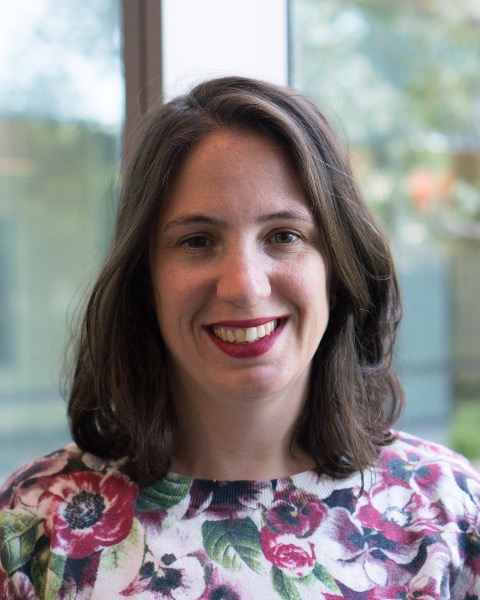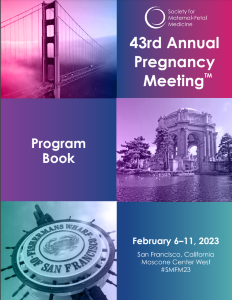Category: Genetics
Poster Session IV
(1170) Deep phenotyping expands our knowledge of fetal manifestations of genetic disease
Genetic disease features are generally well defined for children and adults, but their presentation in utero is less understood. In fetuses with a known genetic disease, we described the proportion with features atypical of the postnatal disease or unique to the prenatal setting to expand fetal phenotypes of these diseases.
Study Design:
Secondary analysis of 2 large fetal sequencing studies from our institution over 2017 to 2022. After normal microarray and/or karyotype and other relevant testing, exome sequencing (ES) was performed for fetal structural anomaly of any organ system, hydrops fetalis, or cystic hygroma. A multidisciplinary board reviewed each case to classify as positive, probable positive, inconclusive, or negative following American College of Medical Genetics and Genomics guidelines. For positive or probable positive cases, we reviewed all available data including prenatal ultrasounds and MRIs, laboratory results, and pathology examinations. We then compared observed features to existing postnatal evidence.
Results:
Among 498 fetuses, 21% (107) were positive or probable positive, representing a range of single gene disorders. Overall, 59% (63) had atypical or uniquely prenatal features. Single umbilical artery was seen in 8% (9), fetal growth restriction in 7% (7), small/absent stomach in 8% (8), oligo- or polyhydramnios in 21% (23), enlarged nuchal translucency or cystic hygroma in 21% (22), enlarged nuchal fold in 9% (10), and hydrops with ≥2 effusions in 40% (43). RASopathies commonly had polyhydramnios, contractures, and absent stomach. Inborn errors of metabolism commonly had oligohydramnios, contractures, and increased nuchal fold. Overgrowth syndromes had discordantly large abdominal circumferences. Many other atypical features were observed, such as oligohydramnios with Dravet syndrome.
Conclusion:
Over half of cases in our cohort had features atypical of the postnatal disease or unique to the prenatal setting, with some disease-specific associations. Expanding fetal phenotypes of disease is essential for improving the accuracy of prenatal diagnosis.

Teresa N. Sparks, MD, MAS
Maternal-Fetal Medicine and Clinical Genetics
University of California, San Francisco
San Francisco, California, United States
Billie R. Lianoglou, MS
Genetic Counselor
University of California, San Francisco
San Francisco, California, United States- NS
Nuriye Sahin Hodoglugil, PhD
Program Manager
Division of Maternal Fetal Medicine
San Francisco, California, United States 
Kate Swanson, MD (she/her/hers)
Physician
NorthShore University Health System
Evanston, Illinois, United States- SD
Sarah L. Downum, BS
Clinical Research Coordinator, Pre-med student
University of California, San Francisco
San Francisco, California, United States - AS
Anne Slavotinek, MBBS, PhD
Professor of Pediatrica
Cincinnati Children's Hospital
Cincinnati, Ohio, United States - PD
Patrick Devine, MD, PhD
University of California, San Francisco
San Francisco, California, United States - UH
Ugur Hodoglugil, MD, PhD
Clinical Information Specialist
University of California, San Francisco
San Francisco, California, United States - JV
Jessica Van Ziffle, PhD
University of California, San Francisco
San Francisco, California, United States 
Mary E. Norton, MD
Division Chief, MFM, Dept of Obstetrics, Gynecology & Reproductive Sciences
University of California, San Francisco
San Francisco, California, United States

.png)
